Witches in Pyrenees
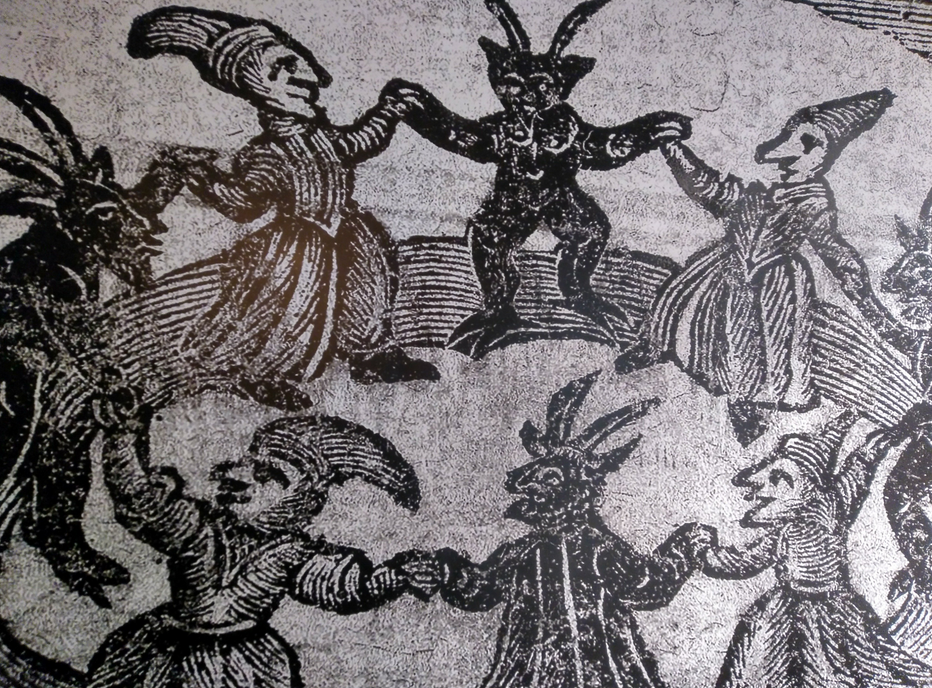
Witches in Pyrenees
Local culture of Pyrenees tells us many legends about witches and how common they were there and in other Regions. A witch was a woman who signed a deal with the devil. She had unearthly powers, used these powers for her own benefit, and for evil purposes.
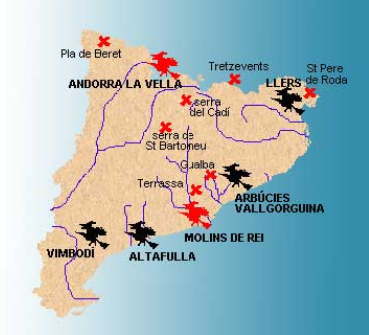
In the Middle Ages, the Christian religion considered witches responsible for many calamities. The Inquisition marginalized, imprisoned and executed witches, because they didn’t fit into the established social order. They argued that these women’s made deals with devil and embodied evil.
Witches’s Powers
Witches were accused of doing the damage in rural environment, causing hailstones and evil to the livestock. Accusations were extended to changes in the economy. For inquisitors, a woman became a witch only when a deal was set up with the devil, who endowed her with supernatural powers.
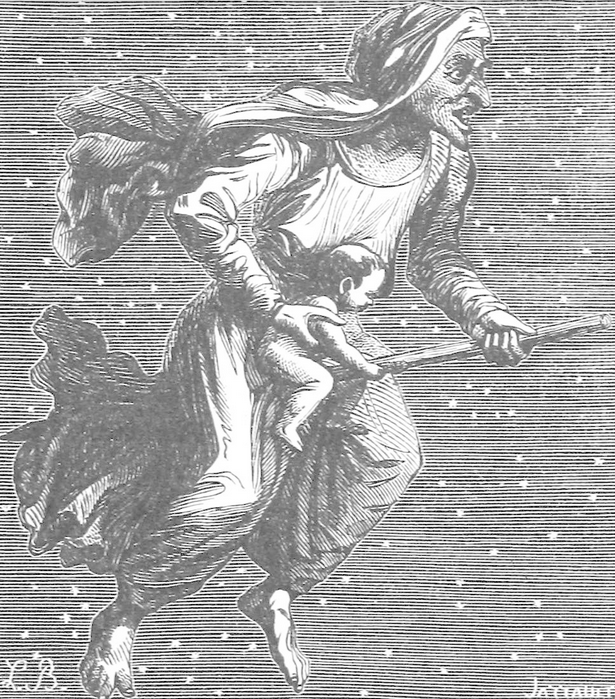
Between 1616 to 1622, about four hundred women from all over Catalonia were accused and executed for being witches. Many of them were accused of getting agreements with the devil for supernatural powers. They would gather in a coven to perform the initiation ritual. They swore two oaths to become witches: to renounce the Christian faith and to do as much evil as possible. There are many legends about the details of the ceremony, including also that the devil made them immortal.
Witches and the devil
Some of the crimes these witches in Pyrenees were accused of were causing harm through spells. They caused these spells with their gaze: on food, parts of the countryside, farmers, or livestock. The worst dreaded evil, according to the population, was the weather: falling stones, heavy rain, frost, fog. Hence the popular song says: “On rainy and sunny days, witches are coming.”
The population protected themselves agains witches in different ways: they blessed, perfumed objects, painted house windows in blue, put crosses on the door, never left farmhouses alone, always had bread in their drawers, washed their underwear with water from seven different sources, never dropped nails or hair on the floor, wore their shirts upside down, or rang bells to prevent storms.
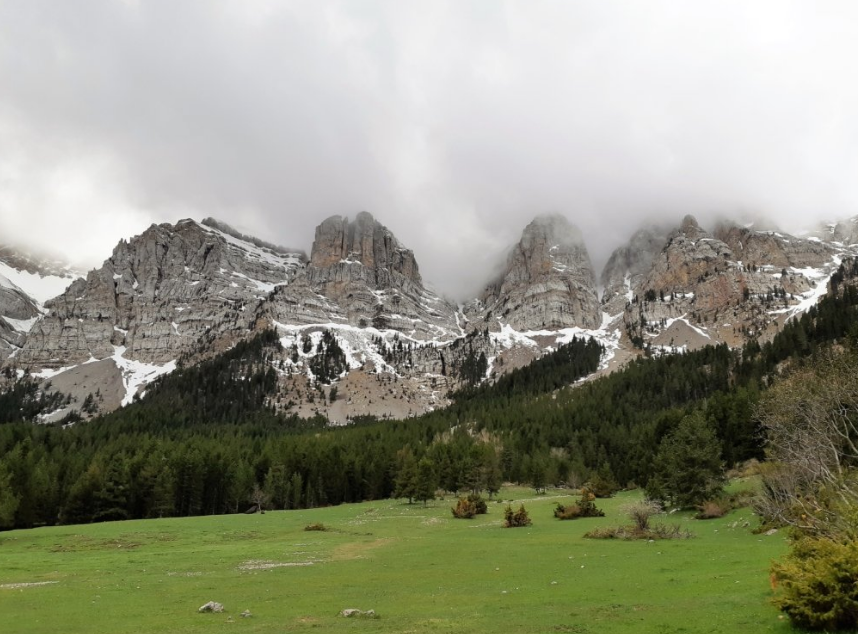
Pyrenees and the witch-hunt.
On the second half of the sixteenth and beginning of seventeenth centuries, persecution of women accused as witchcraft were carried out. The persecution in Pyrenees were promoted by the neighborhood people. Judgments were usually made in their villages, with only the local authorities present, who usually acted to satisfy residents, thinking that witches where responsible for the local calamities.
A witch hunter had a process to determine whether or not a person was a witch. The hunter threw holy water on the undressed woman’s back. If a sign appeared on her shoulder, it meant that she was marked by the devil. She was then accused of being a witch.
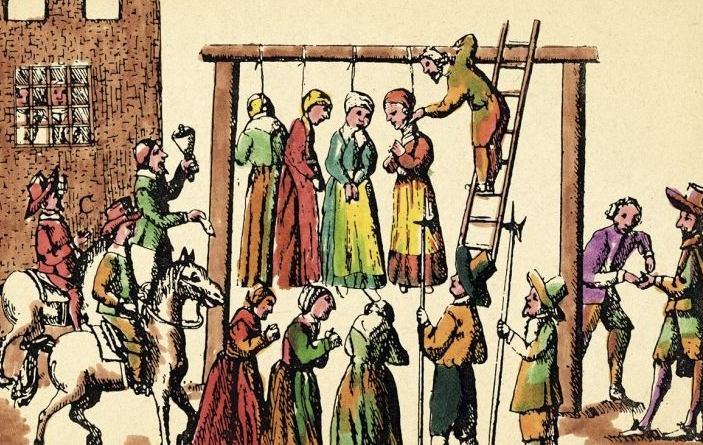
Another method was to find out who did not have hair in their armpits; an unequivocal sign that they had used ointments to fly. The hunter used torture methods until his confession was obtained. The next step was the gallows. Many of the women who died in hangings were simply “trementinaires” or midwives.
The Pedraforca (Fork-form stone)
The Pedraforca is an emblematic mountain in Pyrenees located in the Cadi-Moixeró Natural Park, between villages of Saldes and Gósol. It has a peculiar shape formed by two parallel peaks known as “Pollegons” joined by a gap called “Enforcaura”. The upper “Pollegó” is up to 2,506m. elevation (a.s.l.) and the lower summit, the “Calderer”, is up to 2,497m. The “Enforcadura” is up to 2,356m and there are long scree-slopes on each side.
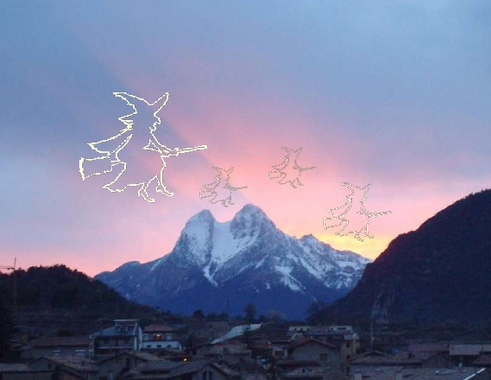
The Pedraforca shape has inspired fantastic stories for a long time. These legends where related to witches in Pyrenees. BarcelonaWaking will guide you to reach the Pedraforca summit from the Estasen hut following the Verdet Channel and hiking down the scree-slope to Gósol. You will feel all its legends.
Pedraforca and Witches in the Pyrenees
One legend says that on the night of Sant Silvestre—winter solstice—the witches gather on the Pedraforca summit where they jump and dance.
Another legend tells us how the mountain turned into a fork shape. One Sant Silvestre night, witches celebrated their coven on the top of a very high mountain, where today the Pedraforca is located. The witches were divided on two groups, fighting each other. They made a lot of noise so the earth shook.
The people at Saldes were scared and began to pray to Sant Michael. Saint Michael descended from the sky and with his sword cut the mountain in two parts, leaving one group of witches to the Lower “Pollego” and the other to the Upper “Pollego”. At the same time, the sword strike broke the summit into many rocks. You can still see stones from the summit scattered on the two scree-slopes of the Pedraforca.
In the beginning of 20th century, people from villages near Pedraforca, still believed that many women in the region were witches. They met at the gap “Enforcadura” between the two “Pollegons”. It is in this place that the coven was held. According to legend, the meetings were on the nights of San Juan and San Silvestre.
The married witches left a thick tree-trunk in their beds, pretending that they were there sleeping. Witches who had children spat on the floor just in case anyone woke up calling her. Her saliva would respond.
Pellissona the Witch in the Pyrenees
It is said that in 1619, Jaumeta Ricarda, alias Pellissona, wife of Jaume Ricart, a farmer from “Santa Maria deis Pens,” was a witch. She made a declaration against herself, as described in an ancient manuscript dated September 15, 1620 in Sant Feliu Sasserra. This declaration, however, was made under torture. The transcript of the interrogation says: “The devil told me to go to Pedraforca. He gave me some jars of ointments to anoint my naked body. Then I left home througth the chimney saying: “Dejús Fulla !! Dejús Fulla !! Jom don to the devil”. And flew to Pedraforca.
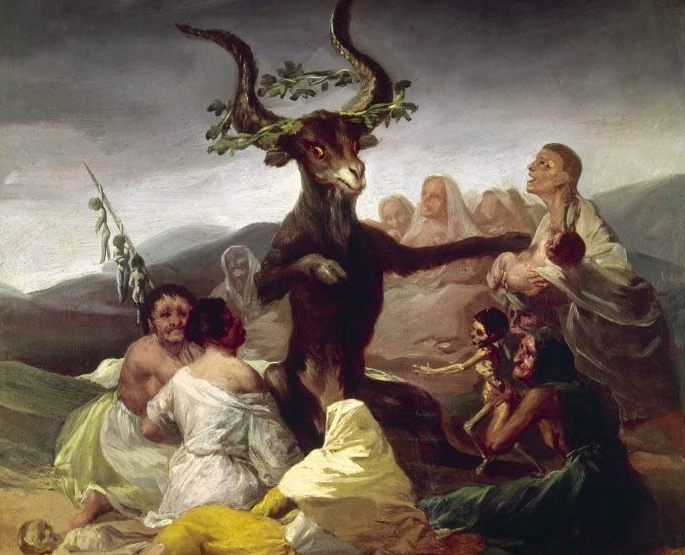
Witches in Pyrenees and San Juan’s night
The local legends tell us that the witches from Bergadà, Cadí, Fonts del Llobregat, Cerdanya met on the summit of Pedraforca on Sant Joan’s night. During the performance, while witches were dancing, a big goat jumped and danced in the center of the circle following the rhythm of the dance. The witches sang the lyrics of this song: “Basil, valerian, mint saves everyone”. The Goat replied: “The bear’s ear is better, it heals and saves everyone.”
The Berga’s witch
Another legend says that one of the witches in Pyrenees was a woman from Berga, in a village near Pedraforca. She converted her husband into a donkey, then greased his body with ointment, put reins on him, and rode to “Pedraforca” saying: “Above leaf, let’s go to Pedraforca!!”…
…When she arrived at the gap “Enforcadura” she was joined by others and they danced in a circle. We can consider this the origin of the sardana (trad dance of Catalonia). Witches welcomed a goat with twisted horns, who was the devil himself. Witches raised goats’ tails to kiss below it. The devil entrusted witches with perverse tasks that they did along the Pyrenees, such as hail-storms and preparing magical ointments.
 BarcelonaWalking Barcelona Hiking Barcelona Montserrat Costa Brava Pyrenees
BarcelonaWalking Barcelona Hiking Barcelona Montserrat Costa Brava Pyrenees

